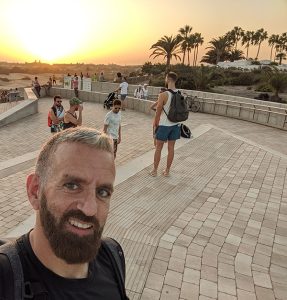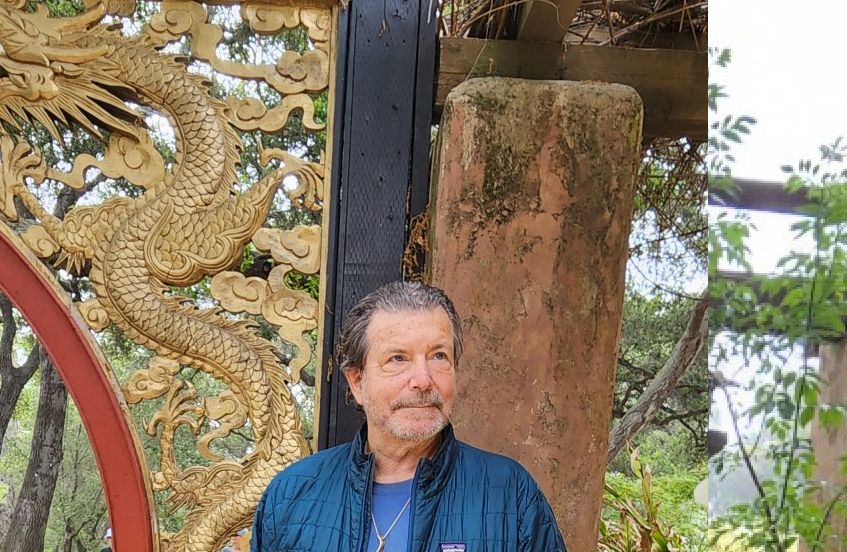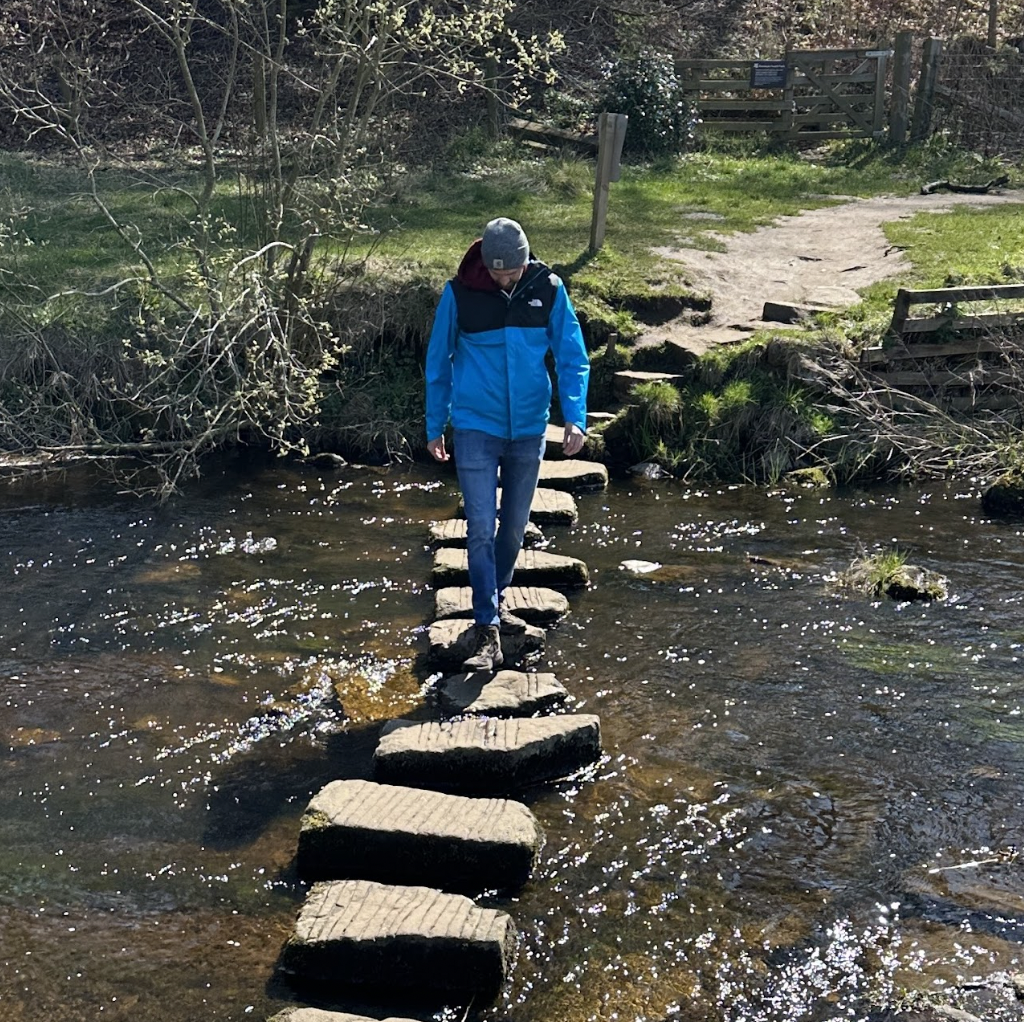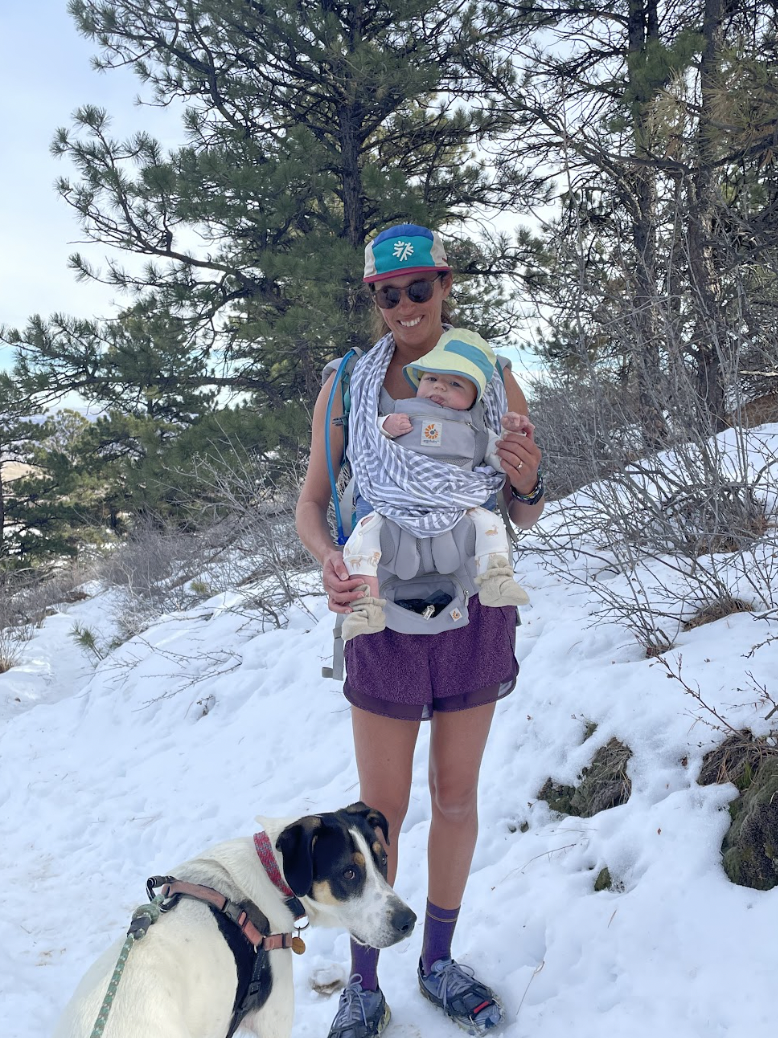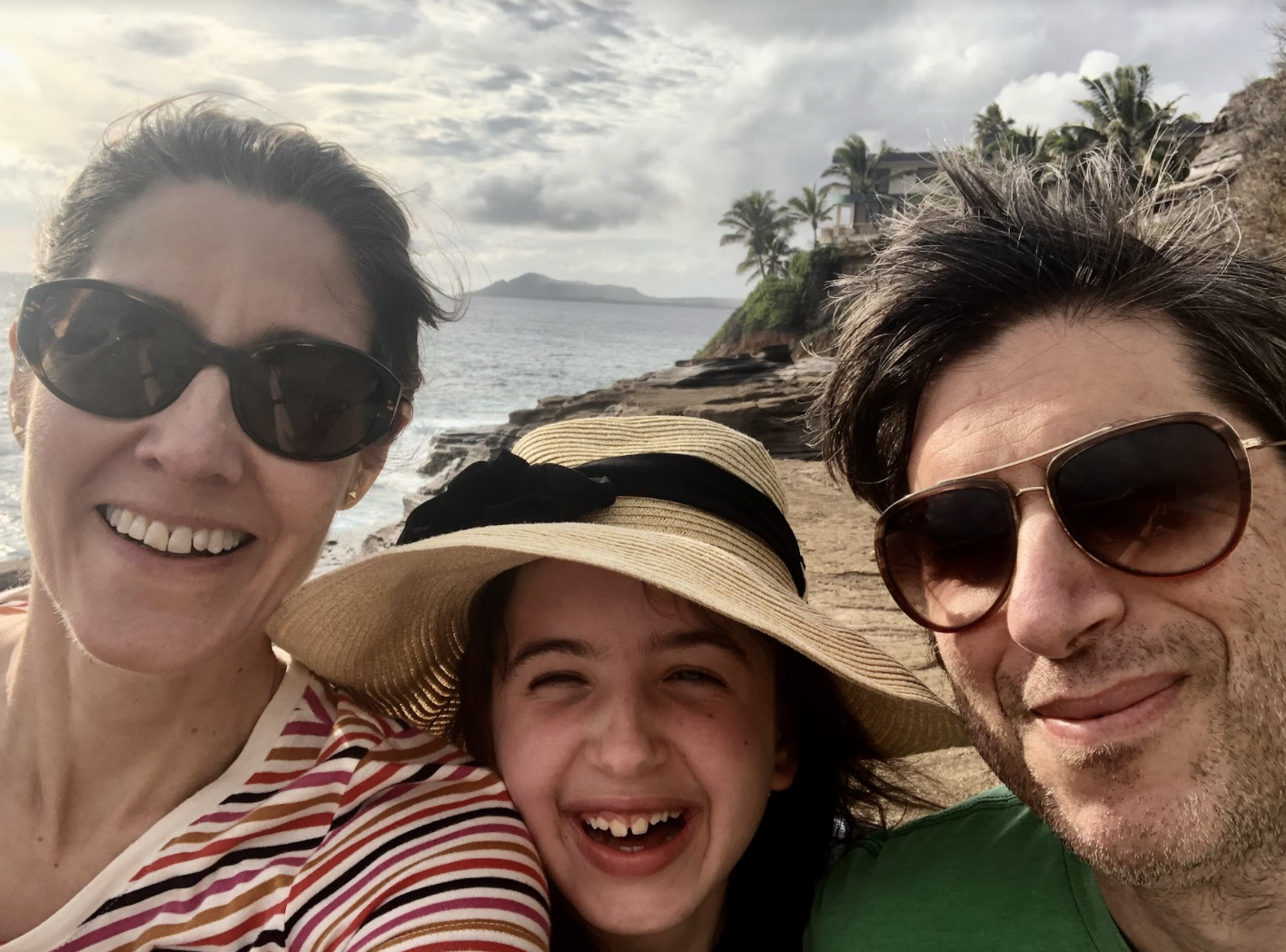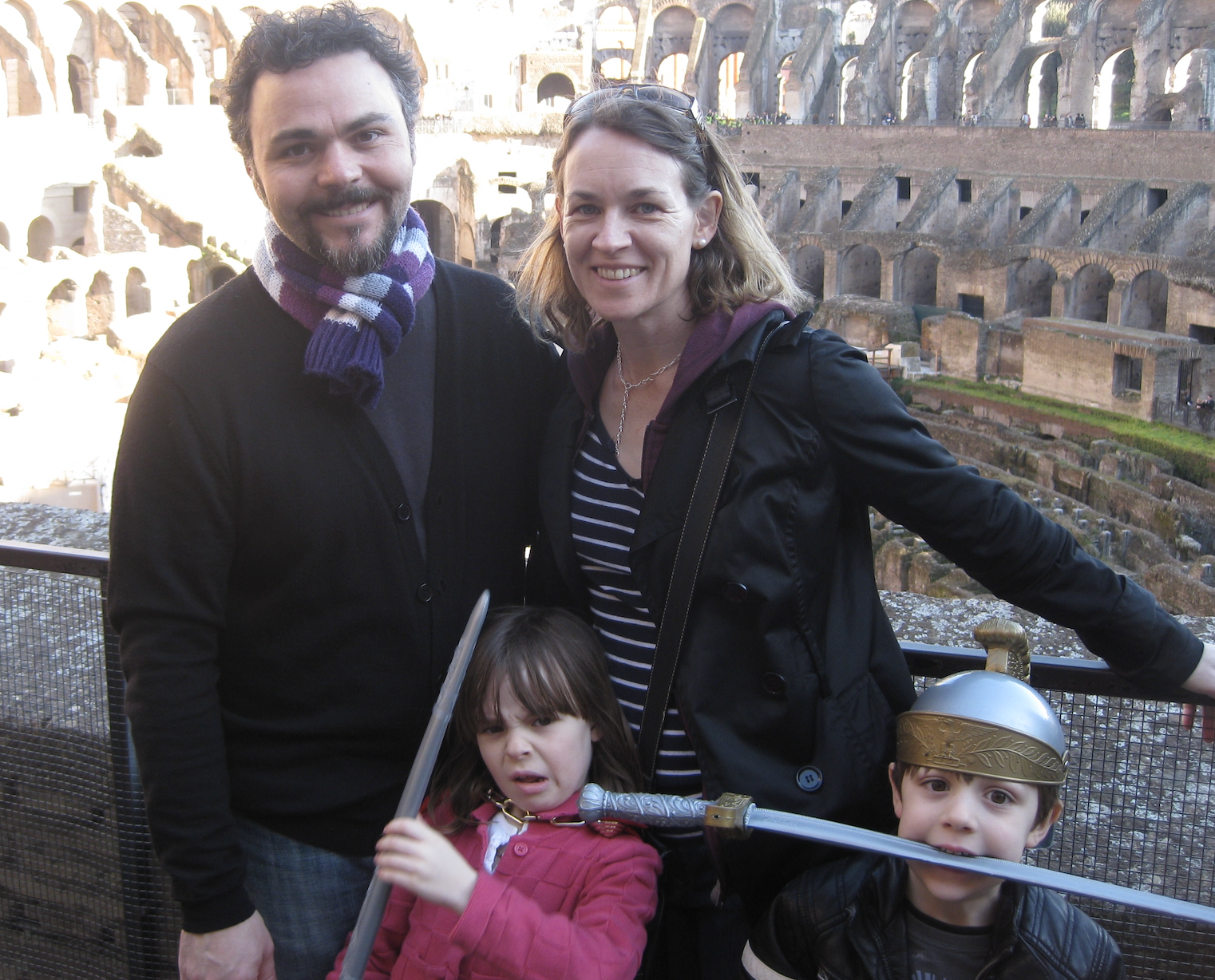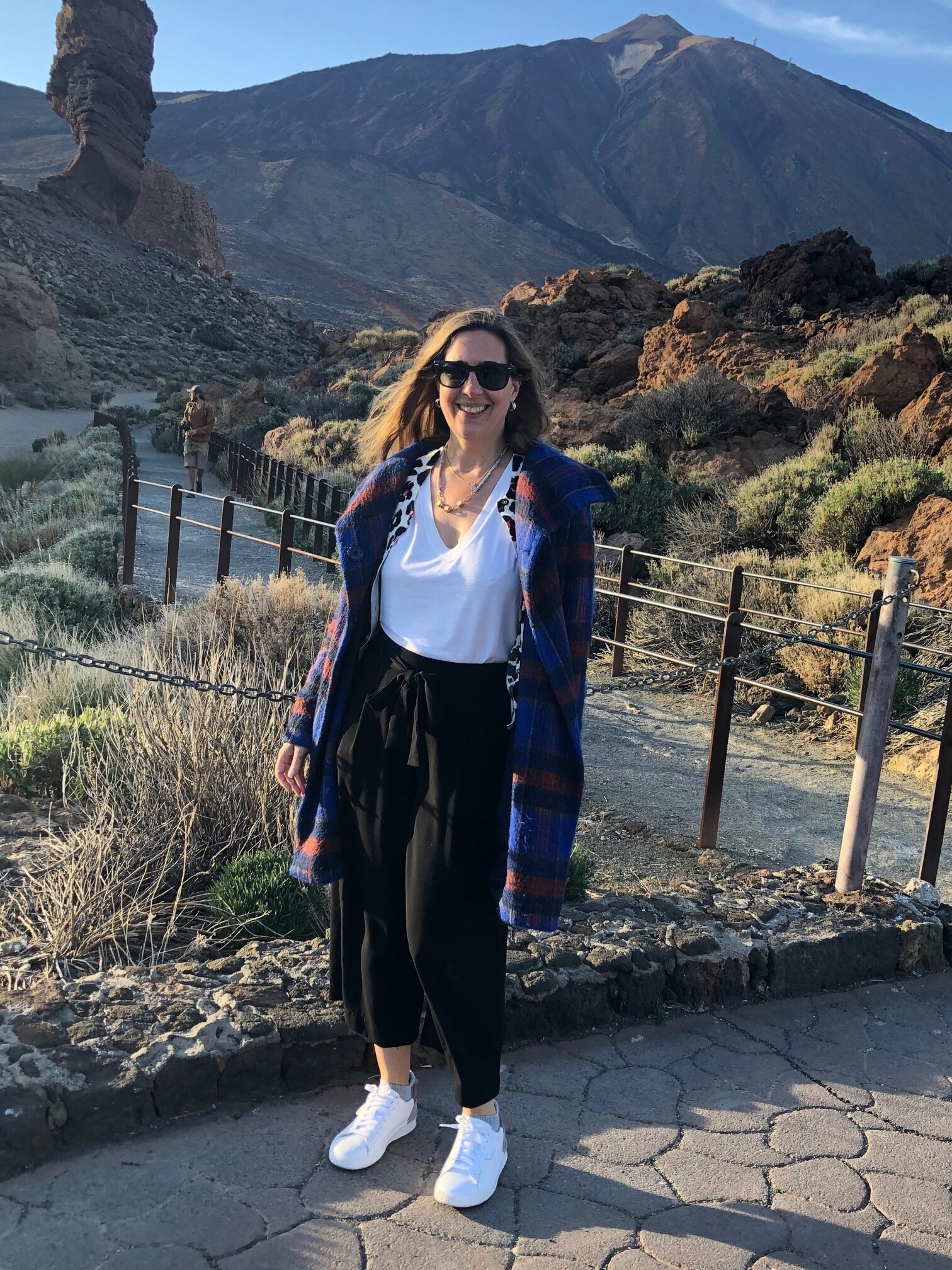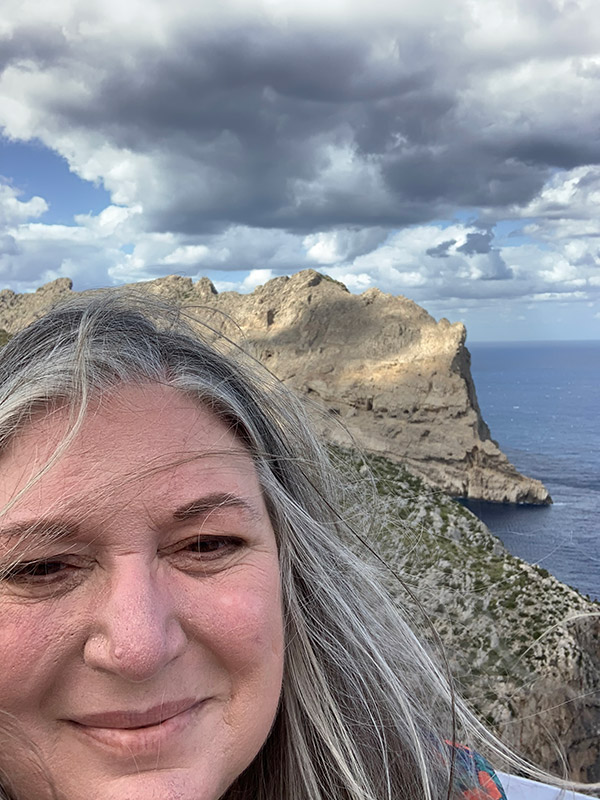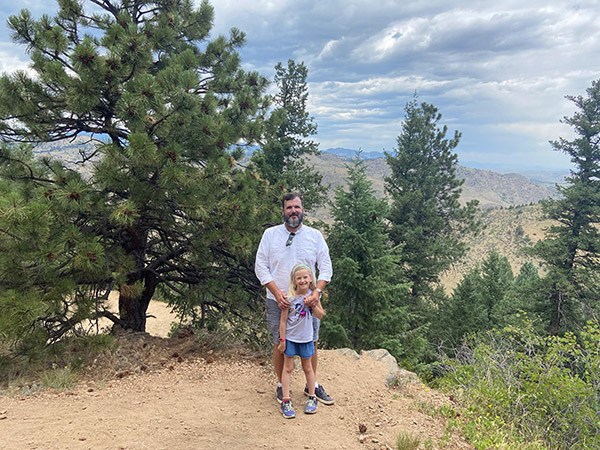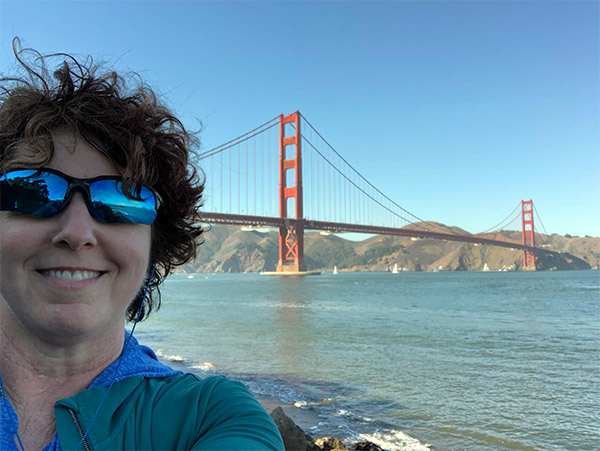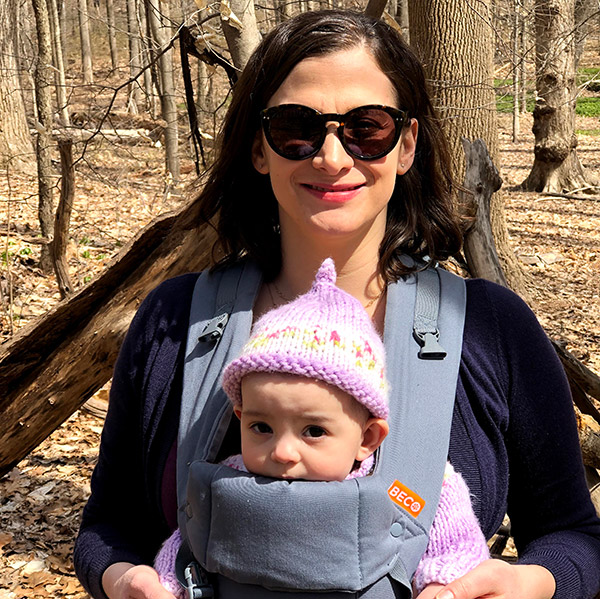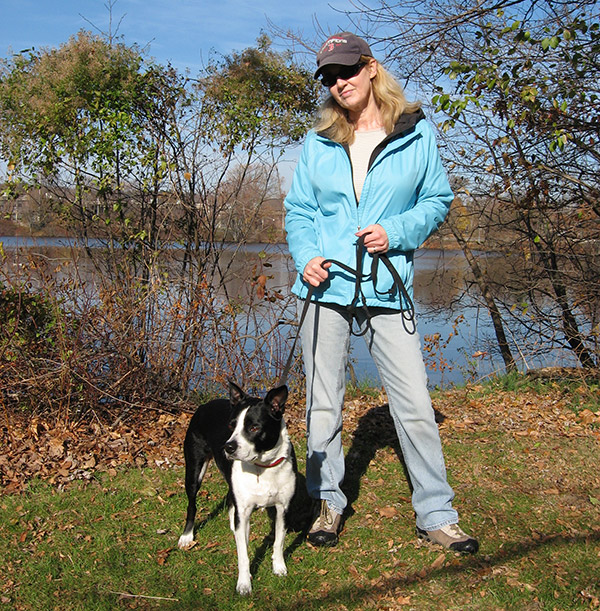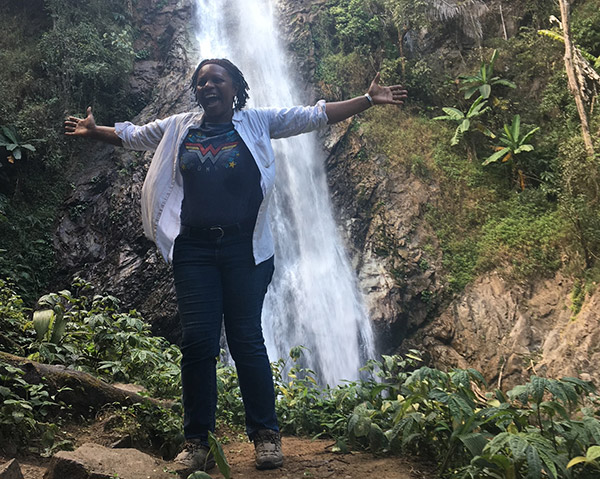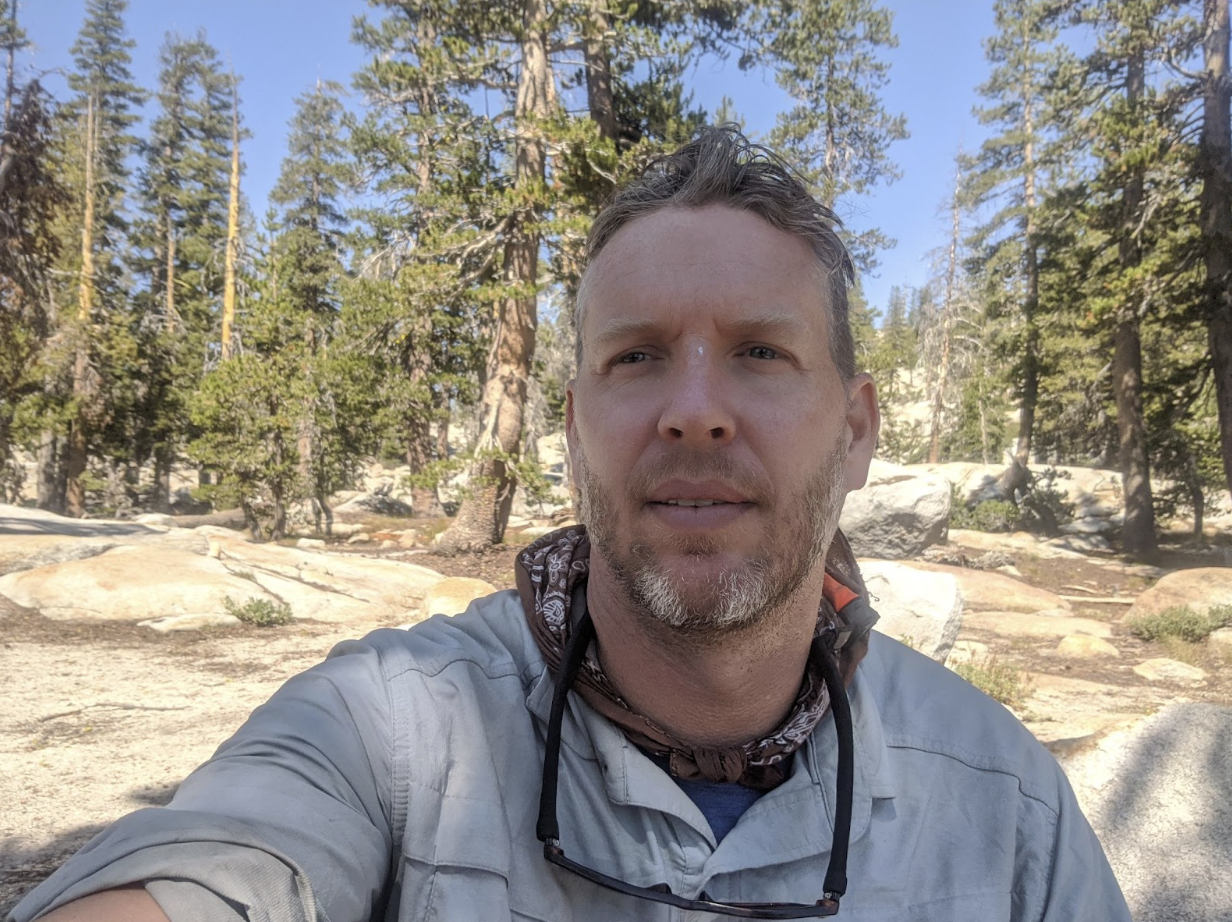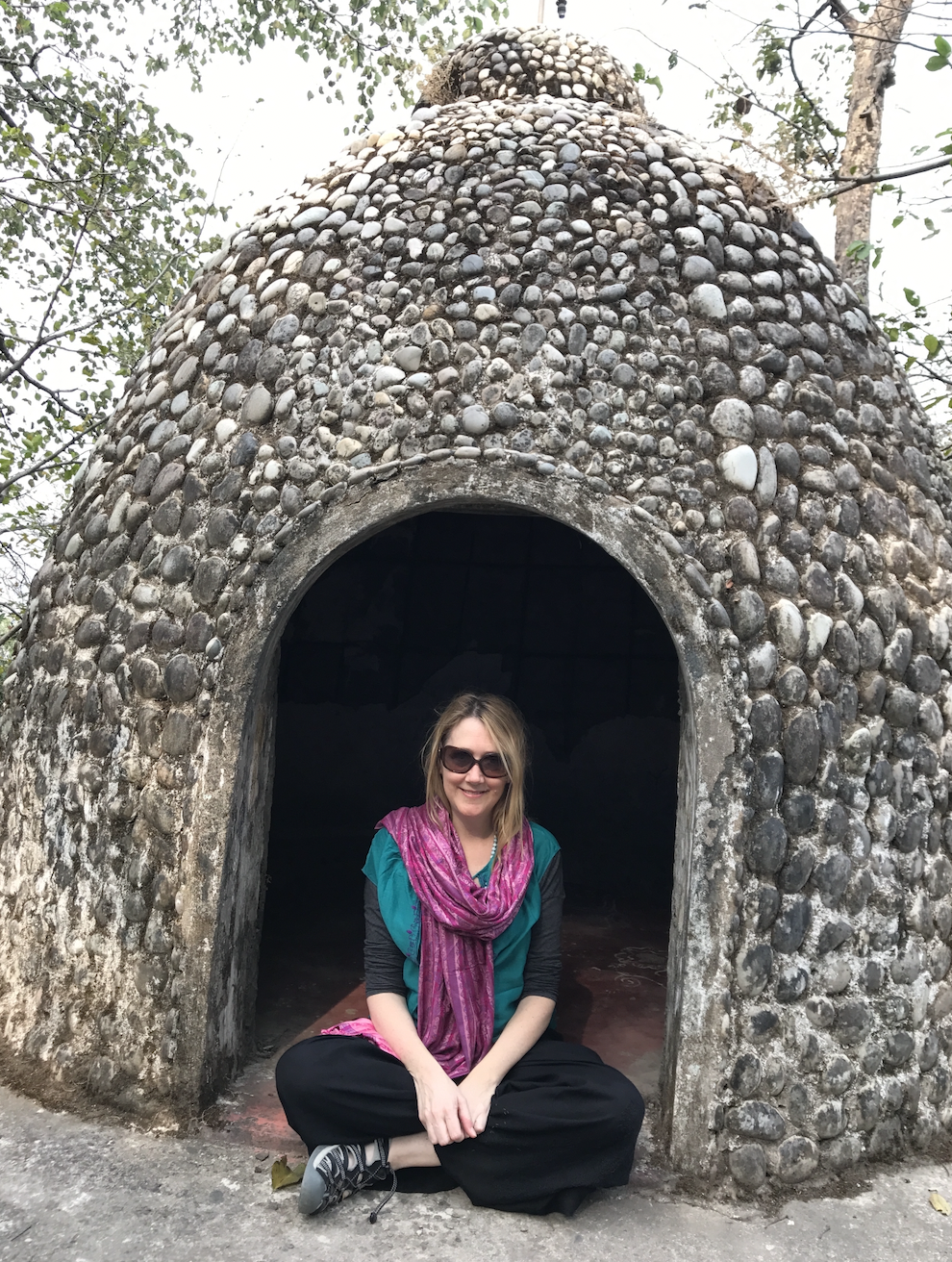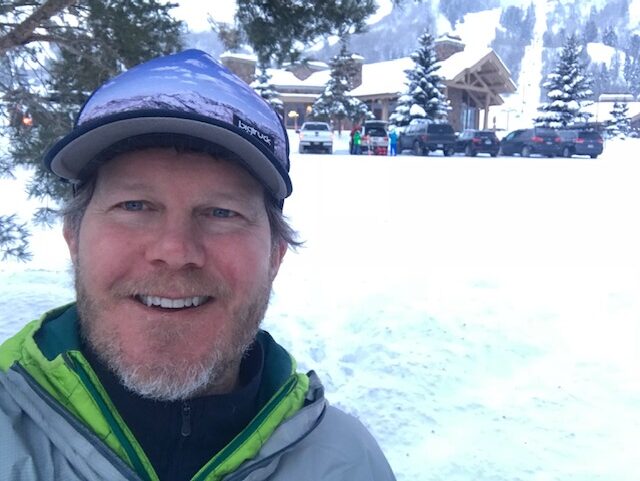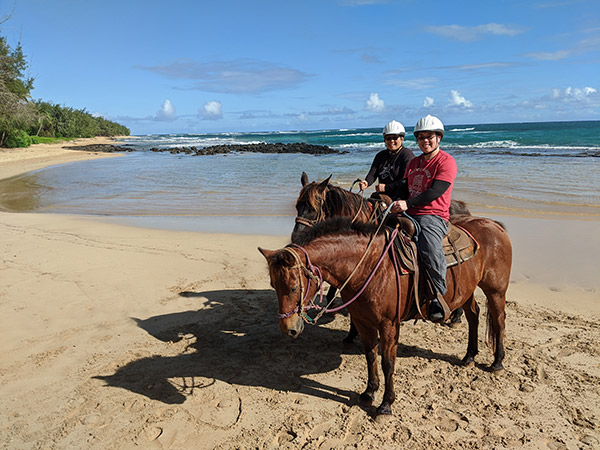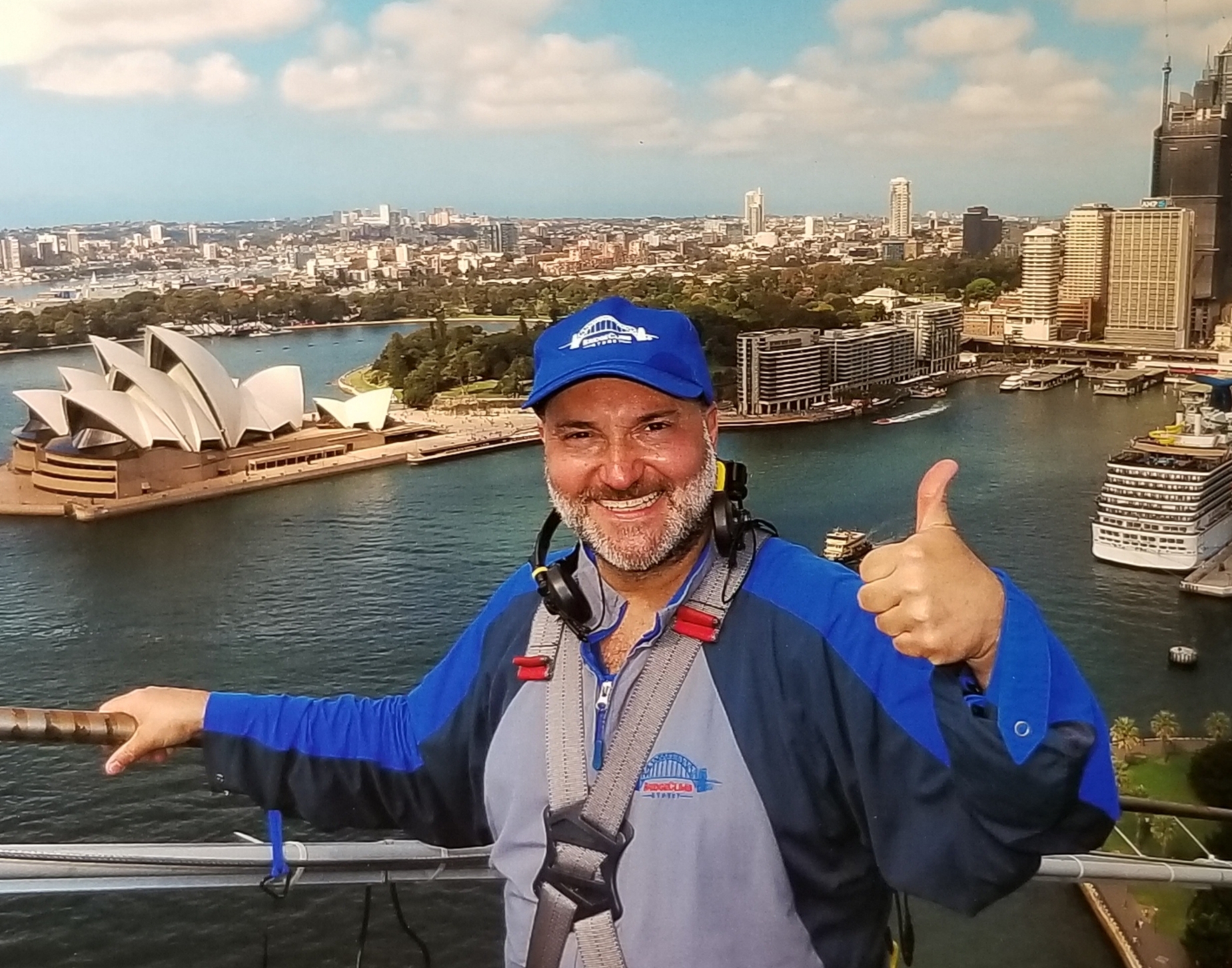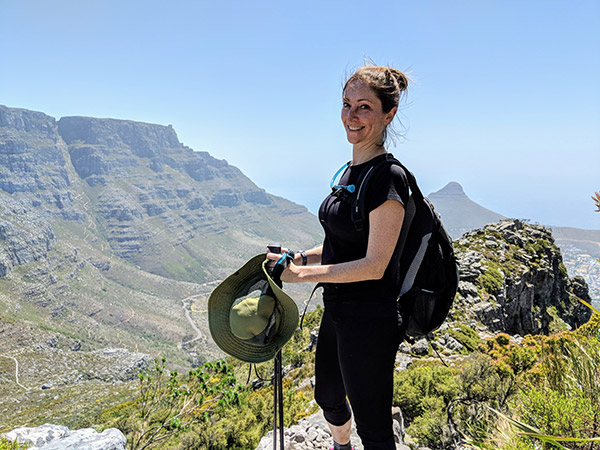How to Start (and Finish!) a Content Audit
Content audit. Those two words can strike fear into the hearts of marketers and copywriters everywhere. And yet in today’s content marketing-centric world, content audits are more important than ever. The more content you put out there as various bits of information dispersed across multiple mediums — from landing pages, blogposts and downloadable content to social media and contributed content — the more likely it is that your disseminated content hasn’t kept up with your changing value proposition, branding, or positioning. A content audit can help you identify the places and pages that need a bit of updating to keep pace with your evolution. And it may help you uncover some hidden gems you can leverage more widely.
Content audits can feel daunting, which is why they’re often delayed (or never even started). How do you squeeze it in when you’re already working hard to keep up with your current content to-do list? These tips will help you dig in and make the most of your findings.
Start with your website. You probably have content living elsewhere online, such as partner’s blogs, downloadable ebooks, YouTube, etc. But start with what you own, as it’s the easiest to change quickly. Use Google Analytics or Screaming Frog to gather a list of all URLs for your website so you know how many pages you’re dealing with.
Gather data on your website content. Google Analytics is a great resource for discovering which of your pages are the most popular, have the longest dwell time, the lowest bounce rates, and promote the most clicks to other digital content you own or manage. Understanding how each page performs can help you decide whether to keep the page as-is, modify the content or take it down altogether.
Research keywords. Always wanted to optimize your site, or improve the the performance of your ads and search results? Here’s your chance! You can add relevant keywords to pages you’re modifying, and even tweak the metatags on pages you’re otherwise keeping as-is. Make sure to note gaps where there are keywords you want to own but for which you lack relevant pages. One easy way to do keyword research is to type a relevant keyword into the Google search box and see what Google suggests as related terms and phrases; those suggestions are based on the most popular search terms that include your keyword.
Focus on your off-site paid and earned media. Even if you can’t update old press releases, guest blog posts or social posts, you can still announce changes via new press releases, blog posts, social posts and paid promotions. Noting specific changes in messaging, positioning and products / services are great ways to modify discourse and brand recognition, as well.
Create a content strategy. There’s nothing like a content audit to spark a full-fledged content strategy, which will help you move forward with replacing your deleted pages, filling in the keyword gaps you’ve identified and expanding your owned and earned reach.
The road to a great content strategy can take you on an exciting journey…watch for more on that in another post!
























